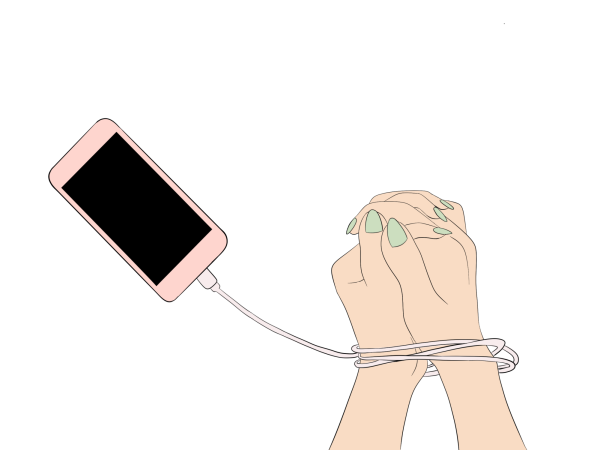No easy answers to school’s limited Internet
January 23, 2017
Trying to access a website during school? Denied. Googling a picture at school? Denied.
Most students who have tried to access or use the school’s Internet have probably had experiences like these. Some probably believe that it would not be a problem for the school district to make its firewall/filters less restrictive.
But wishing things were easier to access through the school’s Internet is only a dream.
Today, the range of materials on the Internet has expanded tremendously and caused schools to restrict websites and inappropriate content from their networks.
While at school, many students on computers are working on school assignments and these restrictions get in the way of their work.
Olathe students are not alone in their frustration.
Students in the Blue Valley and Shawnee Mission school districts experience the same difficulties that come along with these restrictions, but it is not necessarily the schools’ fault.
The restrictions occur as a result of filtering software. Provided through a third party, software called iBoss filters through websites and deciphers between good and bad content.
Josh Anderson, executive director of technology for Olathe schools, explained that schools all over the nation use this process.
“You can think of it as a sorting hat for websites, and as new websites appear they are automatically searched and classified,” Anderson said.
Many of us are asking why schools don’t just appoint the restrictions of websites to certain individuals; however, this is nearly impossible.
Just think, thousands of new websites pop up daily, and one person would have to go through them just because school restrictions have false classification sometimes. No one would want to sign up for that job.
Many websites and content have obvious reasons for being restricted from school audiences, but others are very well disguised. For example, a true business site based in Malaysia may be blocked due to the large amounts of pornographic sites there.
As school districts attempt to expand students’ access, federal requirements affect how much students receive in the end.
“Students are only able to see content that is approved within federal and district standards,” Anderson said.
So, we should realize school districts are required to have restrictions and that finding balances between expanding students’ access and still following the requirements is not always easy.
Although the filter can mess up and mistake an appropriate website for an inappropriate one, school officials and teachers are available to send requests to remove certain sites from the restriction list.
We’re are only here for seven hours of our day, and even as the restrictions placed on the school’s network are at times irritating, there is not a lot we can do to change them in any easy way.







